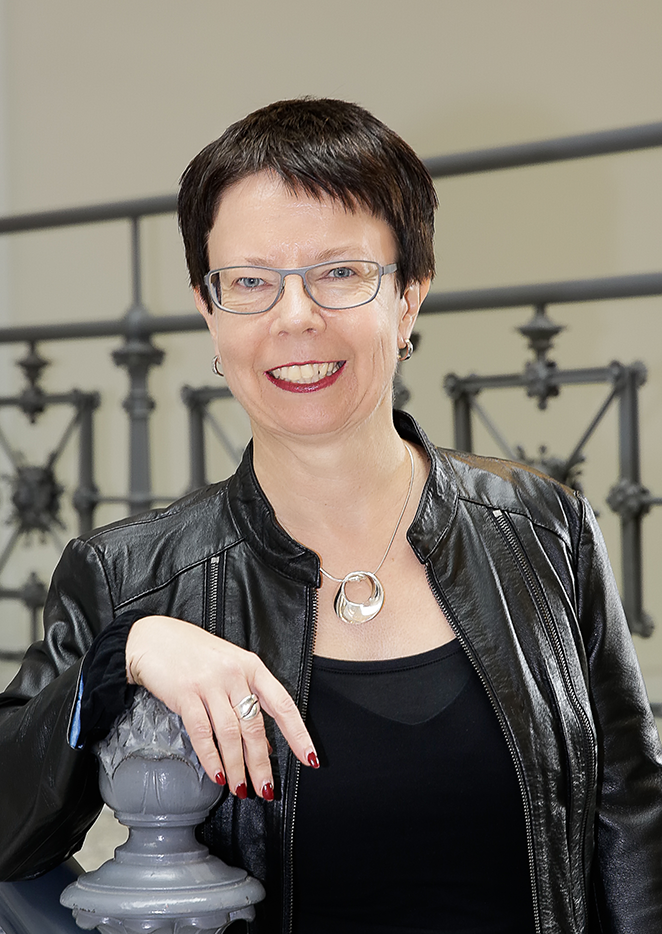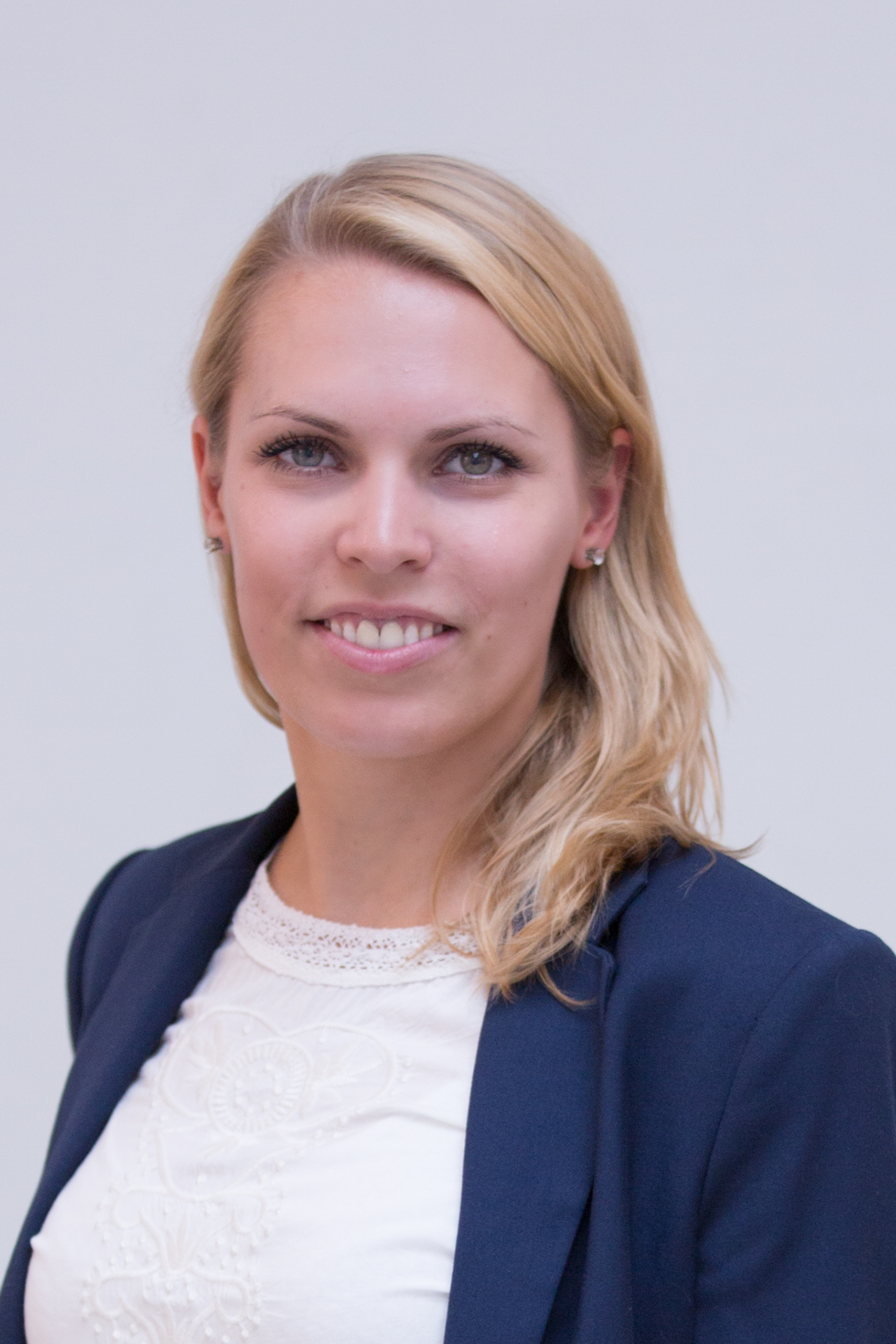Equal opportunities in the energy technology sector
When women are closely involved in technical innovation processes, does this have any influence on the results and market success? This was the question looked at by the Steinbeis-Europa-Zentrum (SEZ) during a project financed by the German Ministry of Education and Research called GENergie. For the project, the SEZ interviewed both men and women working in science and academia, and in research and development. The findings were underpinned by insights gained through discussions with experts from Germany, Austria and Denmark. Dr. Petra Püchner and Saskia Heyde provide an outline of the findings to date.
When the American management consulting expert Tom Peters penned his book The Circle of Innovation in 1997, he dedicated an entire chapter to the topic of women and innovation. “It is the RIDICULOUSLY rare corporation that takes advantage of the WOMEN’S OPPORTUNITY. What a costly mistake,” wrote Peters. Around fifty percent of consumers are female. Most family purchasing decisions are made by women.
Despite this, although there are a small number of exceptions, products and services are typically developed by men, from the initial idea to the design – especially if they are technical products. Little has changed as a result of Peters’ book. Yet the target group of product users consists of both men and women. There were two key questions the Steinbeis-Europa-Zentrum posed for the GENergie project: Which specific parts of the innovation process are pertinent to which differences? What can be done to take heterogeneity and diversity into account? Gender factors are not immediately apparent when conducting research. If you are looking at fuel cells or the development of new chemical fuels, it is not necessarily obvious that there may be gender influences. Despite this, as a number of examples such as mobility, buildings, urban planning, product development, and service planning demonstrate, gender issues do have a role to play.
The Gendered Innovation initiative started by Stanford University and the European Commission has already singled out the criteria that can make a difference to a research project, even at the beginning when defining any questions that will need addressing. This is because the approach adopted in research already defines the general direction, which can lead to heterogeneity and diversity being ignored and thus result in false assumptions. As an example like suburban travel shows, the target group is typically restricted to two types of people: people traveling to work and schoolchildren – the kinds of people who are moving around in the morning and evening rush hours. But Professor Ines Sanchez de Madariaga of the Technical University of Madrid examined local traffic flows from a different perspective and identified a user group of a similar size (at least), which tends to move around in networks. It mainly consists of women. Within this group, journeys to work are linked to shopping trips and running errands for the family. This places completely different demands on local transportation networks. Travel is not about getting as quickly as possible from A to B; it is about the most convenient way to get quickly from A to B while taking in connections to C and D, even taking children and older passengers along on the journey at the same time.
User behavior and demand are thus different things, as can also be seen by looking at the use of energy solutions. A study looking at the usage instructions for rectifying faults in a pellet heating system showed that most women in a household find the described procedures incomprehensible. This may also apply to men, but they tend to use trial and error to work out the solution. Understandable instructions and user-friendly design thus play an extremely important role in reaching out to all kinds of users. Another study conducted by the Danish company Danfoss looked at the user-friendliness of air conditioning controls in domestic environments. It showed that the design of equipment overlooked women, children, older people, and teachers in classrooms. As a result, the authors recommended basing the design more closely on users and their requirements in order to significantly raise acceptance and thus ensure equipment is used properly. The mere fact that an innovation team made up of men and women is sitting together does not guarantee that other perspectives are included and examined in the approaches. Getting men and women to work together in an innovation team is just the starting point – similar to considerations such as different cultures and age groups. But another crucial factor is awareness – encouraging people to think about the possible criteria and impacts of innovation projects with respect to different social clusters, for example women and men.
When it comes to education and training in the energy sector, it is important to identify potential jobs in their entire thematic range if women are to be recruited for energy technology. For example, it should be shown that energy is closely linked to sustainability, the environment, climate protection, and the shape of things to come – topics that are of interest to many women. The course content of degrees should also be made more tangible by including examples of applications. By consciously targeting women on all levels of management, this sector of industry can be made attractive to more women and this would also be good for its overall image.
Contact

Dr. Petra Püchner

Saskia Heyde
Dr. Petra Püchner is a managing director of Steinbeis 2i GmbH, where Saskia Heyde works as a project manager. Steinbeis 2i works in the field of innovation and internationalization and is a partner in the Enterprise Europe Network of the European Commission, which currently involves 600 partner organizations in over 50 countries. The aim of the network is to provide support to companies on all issues relating to business in Europe, innovation, research, and technology transfer. It also helps firms exploit the findings of European research. Steinbeis 2i is a partner in the Baden-Wuerttemberg consortium and works in collaboration with the manual trades association Handwerk International, bw-i, the Ministry for Economic Affairs, and six chambers of industry and commerce.
Dr. Petra Püchner, Saskia Heyde
Steinbeis-Europa-Zentrum/ Steinbeis 2i GmbH (Stuttgart/Karlsruhe)

